-by Bob Humphrey
People interested in managing their land for wildlife are continually seeking better and more efficient ways to improve the habitat so it can support more and healthier animals, particularly deer.
As is so often the case, nature has already figured out the best ways – sometimes it just takes us a while to recognize them.
Let me give you an example.
Hardwoods: Then And Now
Deer hunters head to the woods for many reasons, not the least of which is escape. And most of us, at one time or another, have lamented that perhaps we were born a century or two too late.
As we slip through the local woodlot, which is little more than a vestige of days gone by, we wonder what it must have been like before men and metal changed the landscape.
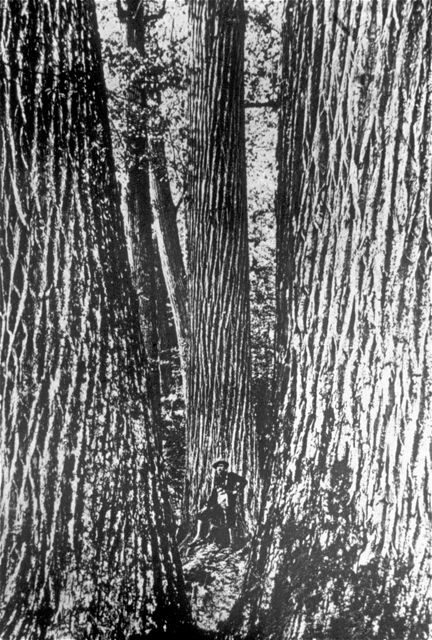
The American chestnut, prior to the blight that nearly wiped them out.
The first Europeans that set foot in the New World, and those that followed for several centuries found a forest that, rather than being patchily distributed on the landscape, stretched on unending for miles.
Canopy openings that allowed sunlight to reach the forest floor nurturing small glades were sparse, and usually caused by natural events.
The understory beneath ancient towering hardwoods was much more open as less sunlight could reach the forest floor during growing season.
But, the biggest difference might well be what covered the ground after the growing season ceased.
Rather than the carpet of acorns we’re now accustomed to seeing in the fall, the forest floor of 120 years ago would have been littered with green pods that more resemble some spiny sea creature or alien spawn than the fruit of a plant. Inside each, one would find several chocolate-hued nuts.
Chestnut Trees – King of the Forest
Prior to the turn of the previous century, and for millennia before, American chestnuts (Castanea dentata) dominated the eastern hardwood forests of North America. They could grow as tall as a 12 story building and as wider than two men could reach around.
The nuts they dropped in voluminous quantities were a vital food source for countless wildlife species, and later for humans, who could shovel up bushel baskets full of them in short order.
But, in roughly 30 years, the American chestnuts were wiped out by a blight.
Oaks ultimately filled the empty ecological niche once occupied by chestnuts, dominating the overstory and providing an abundant source of hard mast.
A 20-year-old chestnut can produce as much as 20 pounds of mast per year. On a per acre basis, that’s as many carbohydrates as corn, but without all the labor and expense of replanting every year.
Research has even shown that whitetails prefer acorns over just about any other widely occurring natural food.
The deer don’t know the difference, but as you’ll soon learn, this stand-in source of mast doesn’t quite stand up to their forerunners.
Fortunately, like healthy seedlings of the once mighty chestnut, hope springs eternal.
Back to the Future
In the early 1950s, James Carpentar discovered, in the state of Ohio, an American chesnut that appeared to be resistant to blight. It was large and very healthy.
So, Carpentar budwood from that tree to a well-known plant breeder in the state of North Carolina named Dr. Robert T. Dunstan. Dr. Dunstan began grafting, and later cross-pollinating, American grafts with a mixture USDA-released Chinese chestnuts.
Are acorns really a whitetail deer’s favorite? Keep reading!
After selecting individuals with the best hybrid characteristics, Dr. Dunstan crossed them back to both the American and Chinese parent trees, creating the Dunstan chestnut, a breed with the optimal combination of blight resistance and production of large, high quality nuts.
Today, Dr. Dunstan’s great grandson, Iain Wallace grows Dunstan chestnuts as well as a variety of other mast trees and shrubs at the family’s Chestnut Hill Orchards in Alachua, Florida.
The business started largely as a commercial chestnut orchard.
“Until fairly recently, most of the millions of dollars worth of chestnuts sold each year were imported because there were no commercial orchards in the U.S.,” said Iain’s father, Robert Wallace.
And like any start-up, they encountered their share of obstacles.
“We had deer in our orchard every night during harvest season,” he said.
He further elaborated that one of his biggest problems for commercial orchardists is deer eating the nuts before they can be collected. However, the elder Wallace quickly recognized it not as a problem, but an opportunity.
With help from friends in the outdoor industry, Chestnut Hill Orchards formed Chestnut Hill Outdoors as a subsidiary to market and sell trees to people interested in planting them to attract and feed wildlife.
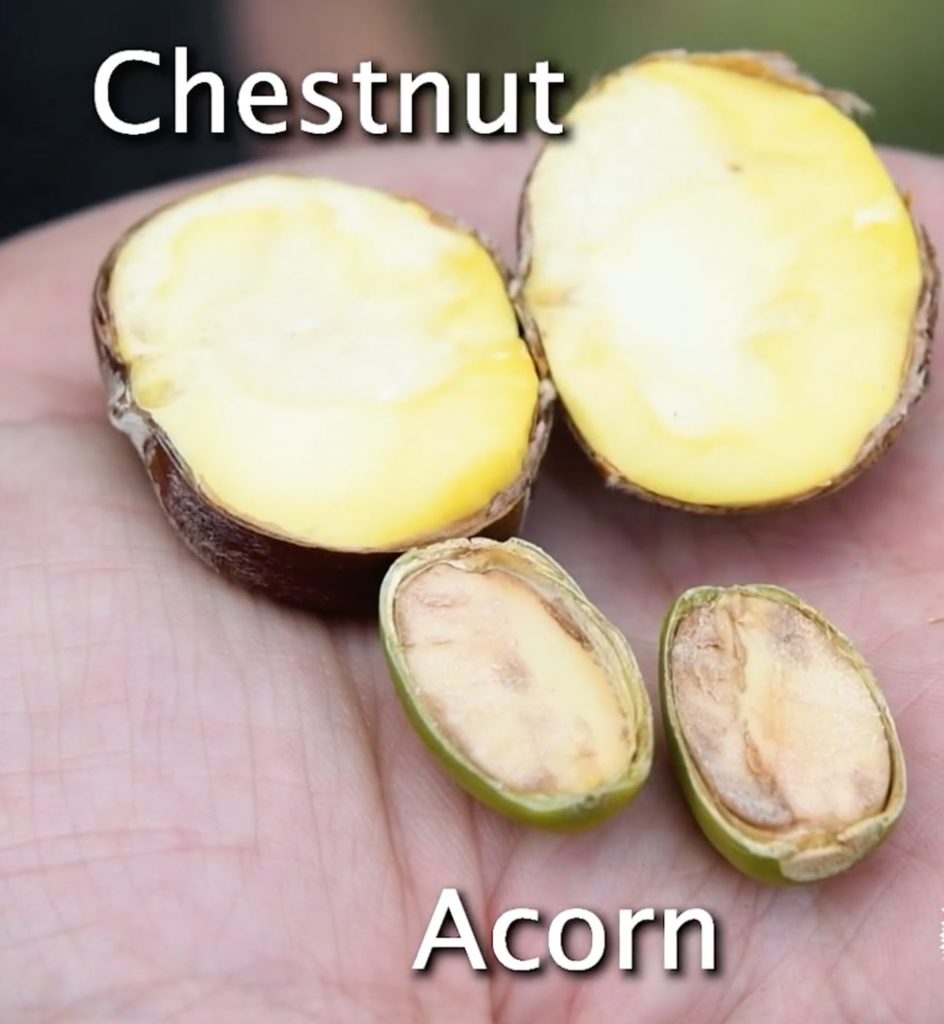
When compared side-by-side, the nutritional value of the chestnut dwarfs the acorn.
The Chestnut… A Better Nut
Trying to compete with the mighty oak might seem a particularly risky business venture, until you learn about the chestnut’s nutritional superiority.
Chestnuts contain 4 times the amount of carbohydrates that a white oak acorn possesses. And, it has 2.5 times the amount of protein while only having a fraction of the fat found in acorns.
Chestnuts also have less tannins, making them a much sweeter, and thus more palatable (no-one ever wrote songs about acorns roasting on an open fire).
And though chestnuts have not been present on the land for more than 100 years, the ability to instantly recognize their nutritional superiority and palatability is still permanently encoded into the deer’s DNA.
They know a good thing when they smell, and taste it.
There are other advantages chestnuts hold over other mast trees that might be of particular interest to those looking to plant wildlife mast orchards.
Chestnut trees grow faster and bigger, sometimes bearing mast in as little as two to five years. A white oak, by comparison, might not bear acorns for 20 year.
Eventually, chestnuts can grow a dozen stories tall, becoming prolific producers of the caloric carbs wildlife like deer are so dependent on for their winter survival.
They also lack the bumper crop and bust that tend to be more common with oak trees. Chestnuts bloom later in the Spring as well, which makes them much less susceptible to severe mast crop failures that can be caused by late freezes.
-
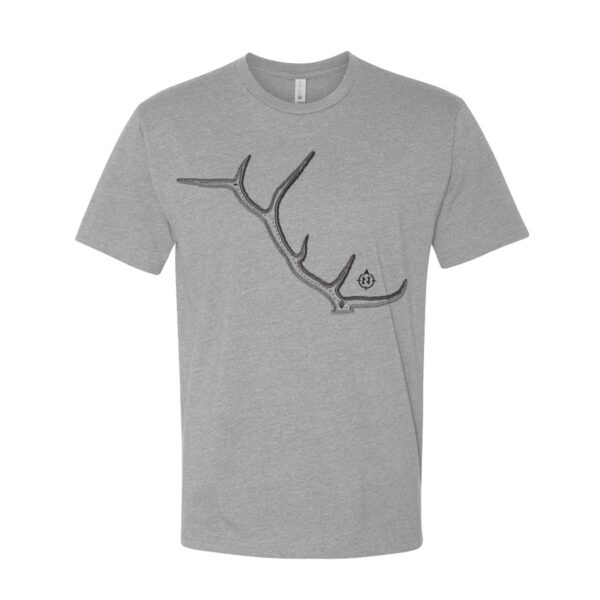
N1 Outdoors® Tine Lines™ Elk Antler Tee
Price range: $26.99 through $29.99 Select options This product has multiple variants. The options may be chosen on the product page -

N1 Outdoors® Est. 2014 TriBlock Bottomland Camo Performance UPF 50+ Shirt
Price range: $37.99 through $39.99 Select options This product has multiple variants. The options may be chosen on the product page -
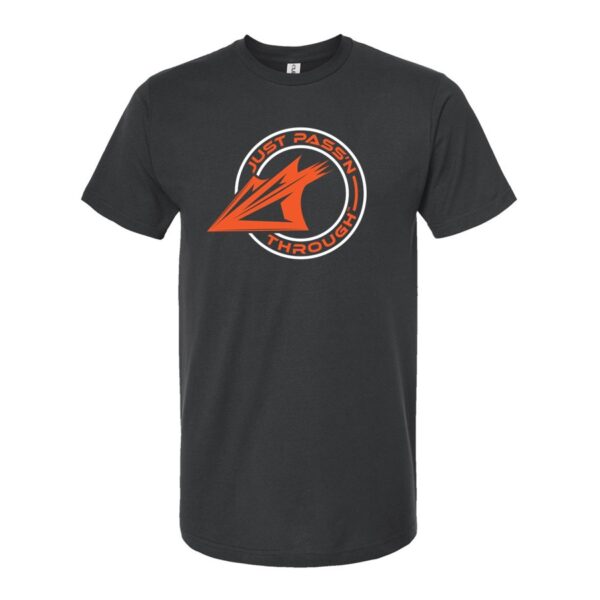
N1 Outdoors® Just Pass’N Through™ Broadhead Badge Tee
Price range: $24.99 through $28.99 Select options This product has multiple variants. The options may be chosen on the product page
Why Plant Trees For Deer?
Before we go further we should probably back up momentarily as some readers are probably wondering why you would plant trees instead of just building food plots like everybody else.
Regardless of what you plant, your goal should be not just to attract animals like deer during a particular part of the year (hunting season), but to hold them there as close to year-round as possible.
Why?
Because the more time they spend on your property, the more comfortable and habituated they become. And the best way to do that is by providing the optimal year-round habitat, the components of which include food, cover and water.
Building and maintaining food plots with annual or perennial herbaceous crops is a very popular way to increase available nutrition for wildlife, but can result in nutritional gaps during certain parts of the year. It can also be costly and labor intensive, particularly with annual crops that must be planted every year.

Mast orchards, like chestnut trees, help provide year-round nutrition for the herd and produce year-after year.
Your property will be far more attractive to, and beneficial for wildlife if you can strive to keep fresh food sources available for as long as possible throughout the year.
>> Get deer hunting shirts and other N1 Outdoors apparel
Mast orchards represent an alternative or complement to your food plots, and after the initial investment and establishment, will provide increasingly more food indefinitely, and with a great deal less cost and effort compared to food plots or even feeders.
They also provide a means for landowners to fill potential nutritional gaps, ensuring there is plenty of the right food throughout the year.
The Chestnut’s Place On The Hard Mast Team
As previously noted, chestnuts offer several advantages over other hard mast sources by growing faster and larger, bearing fruit at a younger age and providing a more nutritious nut.
That doesn’t mean you shouldn’t plant other species, like varieties of red and white oak. Variety is the spice of wildlife, and the more you provide in the way of food, the more attractive and productive your land will be. But don’t stop there.
All too often, landowner’s focus on fall foods and forget about the rest of the year.
As previously alluded to, the more deer and other species are present on your property in the spring, summer and winter, the more likely they’ll be there in the fall.
Visitors become residents as feeding areas become home ranges, and home ranges become core areas. And it shouldn’t be just about deer either.
Provide Well-Rounded Nutrition
You can further fill the void with species like grapes, blueberries, raspberries and blackberries, at the same time attracting a broader spectrum of upland game and game bird species, not to mention non-game animals.
Again, you improve the habit quality over a wider time span by providing greater variety of soft and hard mast plant species, particularly those that help fill gaps in the nutritional calendar.
For example, plums provide fruit as early as May and June in southern regions, and a little later further north.
Pears, which ripen from mid to late July through August, depending on variety and location, can fill the next gap as herbaceous plants mature and lose palatability but hard mast has yet to fall.
Which Trees Should You Plant?
Next on the nutritional calendar come things like apples and persimmons, the latter of which come in early-drop and late-drop varieties and are an incredibly powerful deer attractant, particularly during ear to mid-autumn archery seasons.
By then, hard mast should start dropping and, if you’ve planted enough variety, will continue providing fall attractant and winter survival food at least through the end of the calendar year, and quite possibly through the winter.
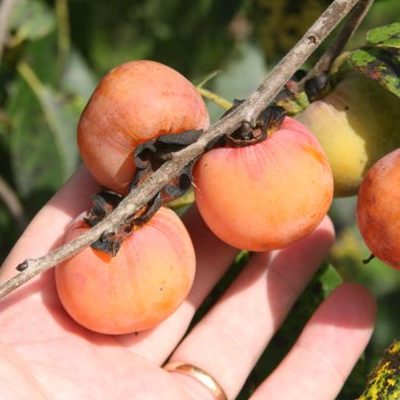
Planting soft mast species like persimmons widens the window of attractiveness your property provides for wildlife. Persimmons are a prized treat for whitetail deer. (photo: Bob Humphrey)
Now that you have an idea of the types of mast-producers you’d like to plant, you need to select a variety of species from each group.
Chestnut Hill Outdoors offers an array of both soft and hard mast producers in several different size containers.
Furthermore, they will help you select the optimal varieties for your specific site conditions, including landscape level variables like plant hardiness zones and regional climate as well as local variables like slope, aspect and soil type and moisture regimes.
And, they don’t stop there. In order to ensure you receive the maximum benefit from their products, the Chestnut Hill Outdoors staff also provide sound advice and instruction on proper site selection, planting and care.
They even continue seeking more effective and efficient ways to get products to their customers.
Planting larger, and thus older trees helps shorten the waiting period until your mast orchards produce fruit, but large trees can be expensive to ship.
That’s why Chestnut Hill Outdoors teamed up with Walmart to provide a more convenient and economical distribution hub for larger trees.
They now ship Dunstan Chestnuts and other mast orchard species to Walmart retail locations across the eastern U.S. And they are scheduled to arrive at the optimal time for planting in different regions.
When it comes to planting mast orchards for wildlife, about the only down side is that it will take a few years before you begin realizing the benefits of your investment.
The upside is that with little or no additional input from you, your initial investment will continue paying benefits indefinitely.
Short of buying land, it’s one of the soundest long-term investments you can make for yours and future generations of people who appreciate and enjoy wildlife.
For more on Chestnut Hill Outdoors products and how to care for them, visit www.ChestnutHillOutdoors.com, or call (855) 386-7826.
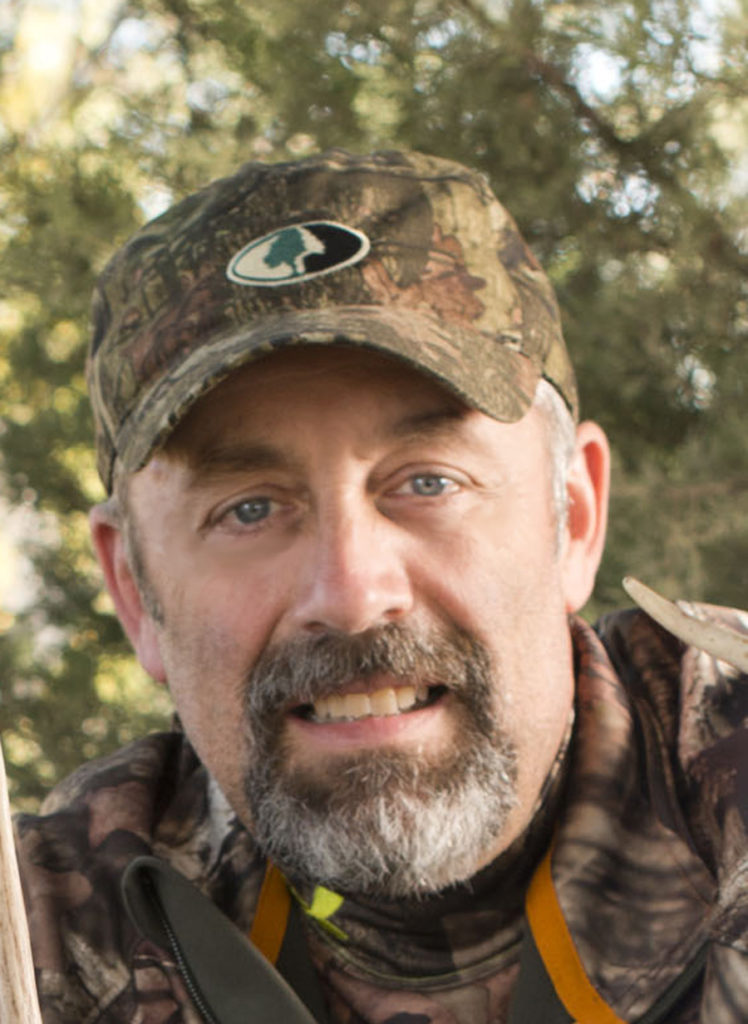

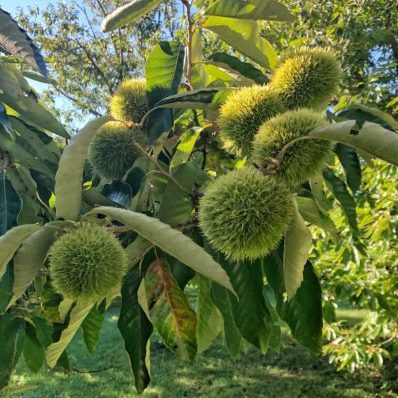

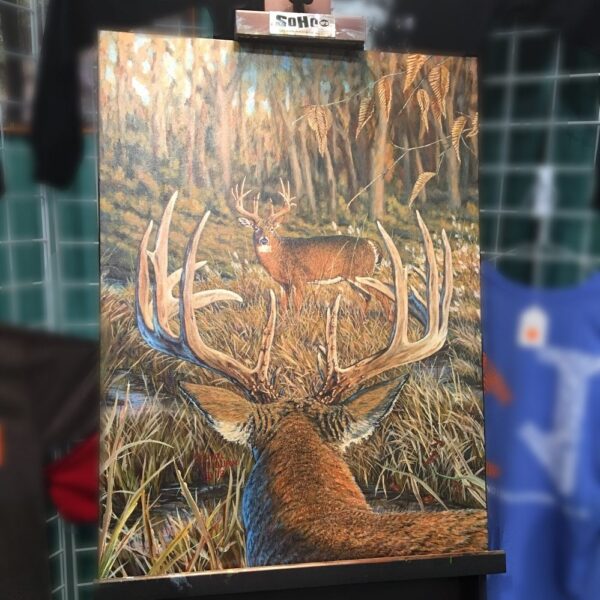
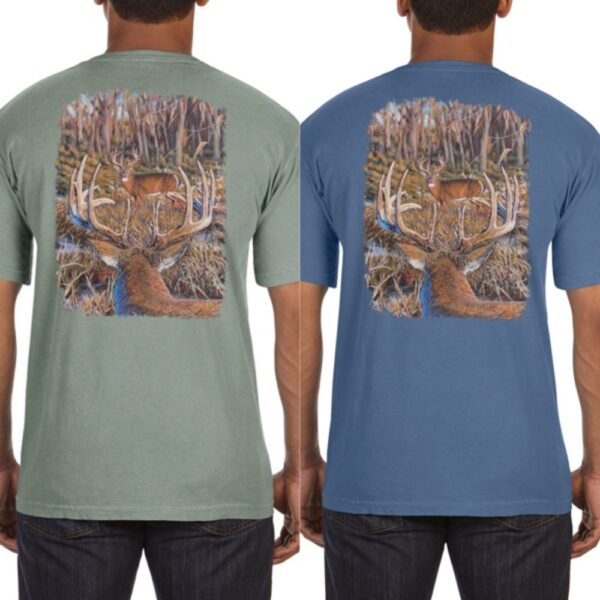
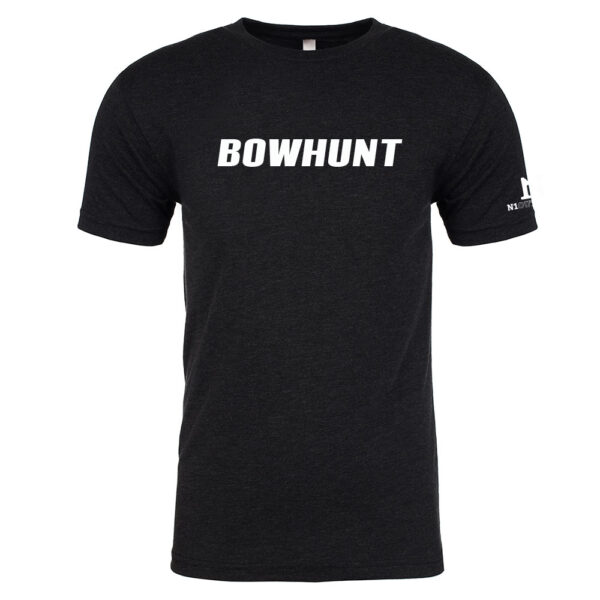

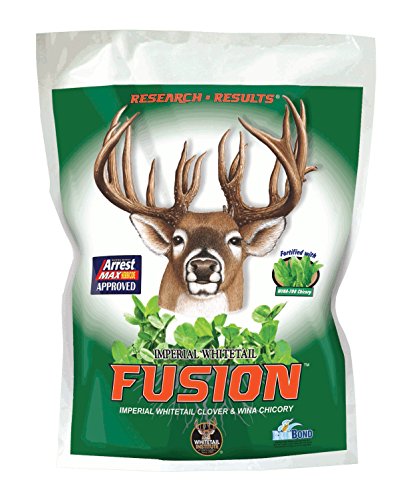

Do you have newsletters other than FB
If you’re referring to N1 Outdoors, you can click the contact button in the menu and then “stay Nformed.” If you are referring to Chestnut Hill Outdoors, you would want to contact them directly. Hope this helps!